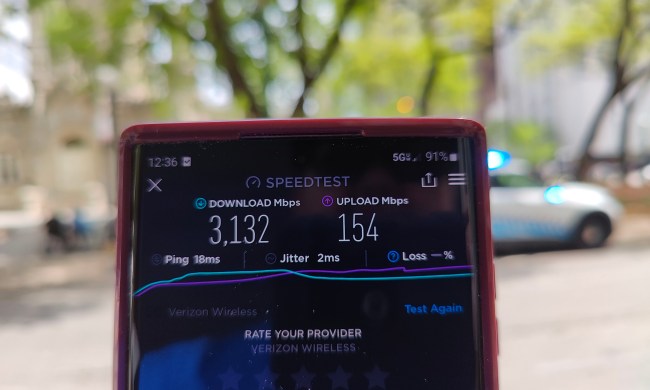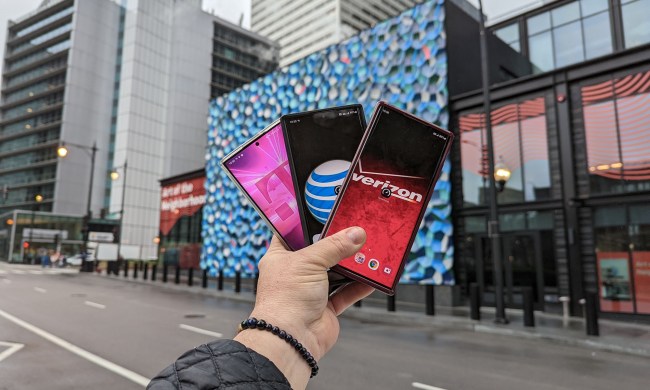
In what the two companies are calling “the world’s first successful large-scale field test of 5G new radio access technologies,” conducted in an outdoor test site in Chengdu, China, 24 devices were concurrently connected to a sub-6GHz frequency band. The average download speed was 1.34Gbps, while the peak download speed observed was 3.6Gbps.
To put that into context, the fastest LTE speeds in OpenSignal’s “The State of LTE” report for September were found in New Zealand, where the average LTE download speed was 36Mbps. The U.S. clocked in at 10Mbps, close to the rear of the pack.
“This is very encouraging as the industry works to commercialize 5G by 2020,” said Takehiro Nakamura, vice president and managing director of NTT DoCoMo’s 5G laboratory, who called the test “an important milestone.” He added that the next step is a field trial in Japan.
Nakamura refers to the International Telecommunications Union’s official 5G mission plan for the next five years. The organization wants to commercialize 5G in 2020. Initial speculation is that the network speeds required for 5G classification will fall around 20Gbps, which is fast enough to download a 4K movie in about 10 seconds.
Verizon chief information and technology architect, Roger Gurnani, recently shared that the company plans to test 5G wireless technology in the U.S. as early as next year.


